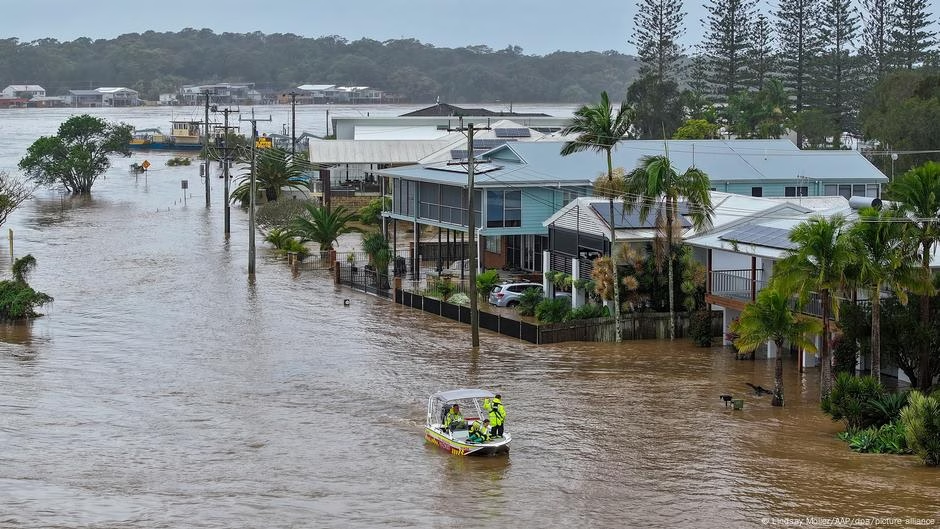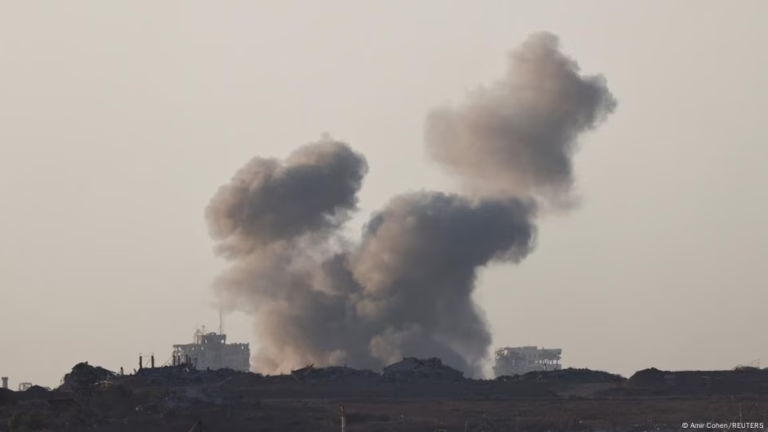New South Wales, the country’s most populous state, has been the most severely affected by the rapidly rising floodwaters.
The storms have resulted in more than six months’ worth of rain in just three days, according to the government’s weather bureau.
Details on Flood Damage in New South Wales
The death count from the floods increased to four on Friday.
Rescue teams recovered four bodies from the floodwaters engulfing areas in northern New South Wales, a region approximately 250 miles from Sydney.
Australian Prime Minister Anthony Albanese and New South Wales Premier Chris Minns surveyed some of the flood-affected regions on Friday.
“These are dire circumstances,” Albanese stated. “The Australian Defense Force will be deployed. A substantial recovery effort is needed,” he commented on local radio.
“There’s been extensive damage to infrastructure, and we’ll all have to contribute to the recovery,” he added.
The government has officially declared a natural disaster to facilitate access to more resources for the impacted areas.
Thousands Still Cut Off
Floodwaters began receding on Friday morning, but about 50,000 people remained isolated, according to authorities.
Thousands of personnel have been mobilized for rescue, recovery missions, and cleanup operations.
Officials also cautioned those returning to their homes to be wary of dangers.
“Floodwaters can contain contaminants, including rodents, snakes. You must assess those risks,” stated New South Wales State Emergency Service’s Dallas Burnes. “There may also be risks from electricity.”
An Increase in Extreme Weather Events
Australia has been experiencing more frequent and severe weather events over recent years, which some experts attribute to climate change.
According to the government’s weather bureau, the surrounding oceans have been “abnormally warm” in recent months.
Warmer seas result in more moisture evaporating into the atmosphere, leading to more intense rains.
Edited by: Saim Dušan Inayatullah








